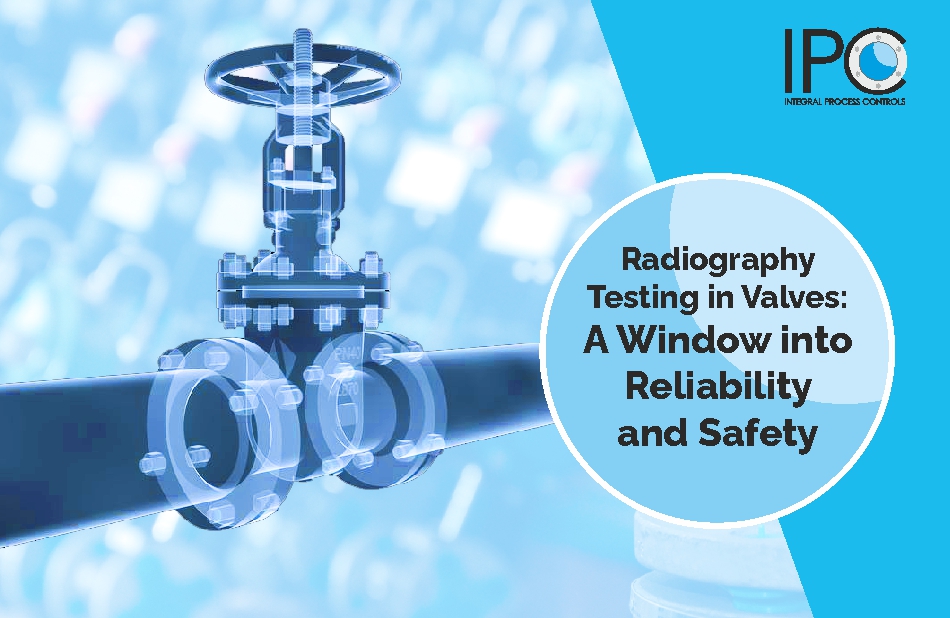One factor that is common to technological advancements in all the Industrial revolutions is the quest for safer and more reliable machinery. Radiography testing, a cornerstone of non-destructive testing (NDT), has emerged as a powerful tool for ensuring the integrity of critical components like valves. This method has undergone a remarkable evolution, revolutionizing how we examine and understand the internal structures of valves.
Evolution of Radiography Testing
Radiography testing finds its roots in the discovery of X-rays by Wilhelm Conrad Roentgen in 1895. This groundbreaking revelation paved the way for the non-invasive examination of materials, enabling engineers to uncover hidden defects without dismantling or damaging the object under inspection. Over time, radiography techniques have become more refined, incorporating digital imaging, computed radiography, and even real-time radiography, making inspections faster and more accurate.
Assessing Strengths of Radiography Testing for Valves
The strengths of radiography testing lie in its ability to provide high-resolution images of the internal structures of valves. It allows for the detection of minute flaws, such as cracks, voids, inclusions, or misalignments that might compromise the valve’s performance or safety. Unlike other testing methods, radiography can unveil these imperfections without causing any damage, ensuring the valve remains intact for its intended use.
Classification of Results: Radiography testing results are typically classified into three categories:
- Acceptable: No defects or imperfections are detected, and the valve meets the required quality standards.
- Reparable: Minor defects or irregularities are identified that can be rectified through repair or maintenance.
- Reject-able: Severe flaws or structural inconsistencies that render the valve unsafe or unreliable, necessitating replacement or extensive repairs.
Radiography testing to ensure the reliability of valves
Radiography testing finds critical applications across various industries, including oil and gas, petrochemicals, power generation, and nuclear facilities. In these sectors, where even the slightest malfunction can have dire consequences, radiography ensures the reliability and safety of valves that regulate the flow of liquids or gases. It plays a pivotal role in preventing leaks, ensuring efficient operation, and safeguarding human lives and the environment.
Radiography Testing v/s other testing methods for valves
Radiography Testing is ideal for cast components, while ultrasound is the most suitable for forged components. When compared to other popular testing methods such as ultrasonic testing or magnetic particle testing, radiography stands out for its comprehensive insights into internal structures. Ultrasonic testing & magnetic particle testing have their own limitations such as lack of direct imaging output etc. Radiography offers a holistic view of the valve’s internal condition, making it invaluable for critical applications.

